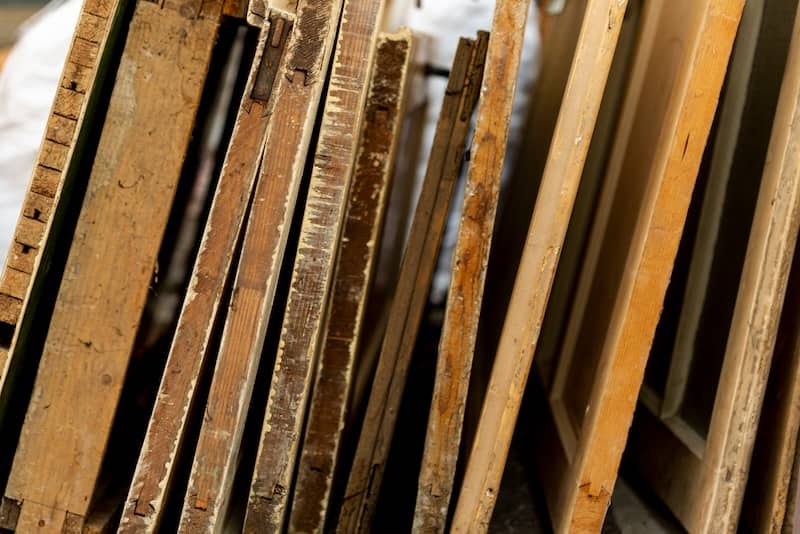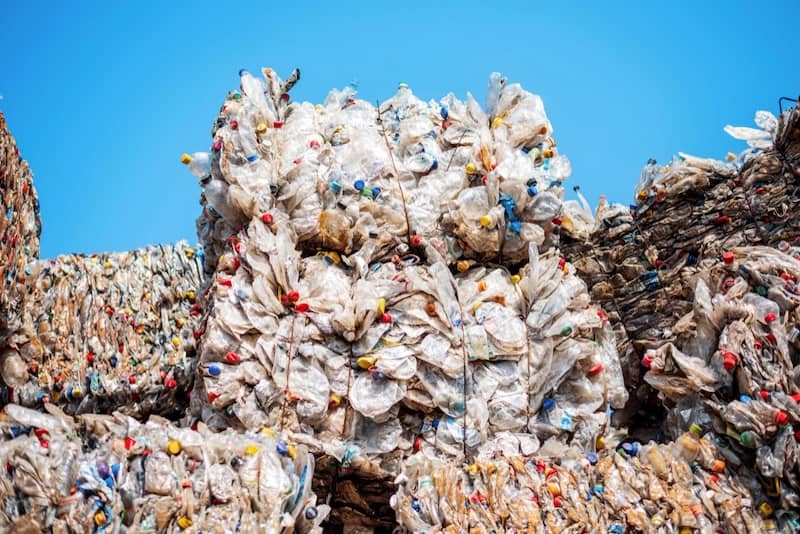Assessing the damage an old tire can do to the environment means examining more than just negative effects of rubber. Tires seem like simple contraptions, but there is more to them than meets the eye.
Leaching
The biggest problem with discarding old tires is that they contain chemicals and heavy metals that leach into the environment as the tires break down. Some of these chemicals, according to the California Integrated Waste Management Board, are carcinogenic and mutagenic (cause cancer and gene mutations).
Leaching affects the soil around the old tire, which at first may not seem like a big problem. But if the tire is eventually moved, the soil will still have the toxins. Another major concern is groundwater. If toxins get into any water in the soil, the water can transport them to other locations, potentially harm to any animals that come in contact with the poisoned water.
Pests
The hollow middle of a tire will easily fill up with rainwater if the tire is just left out in the open. If the tire is left undisturbed, the water will sit in the tire and become a breeding ground for pests such as mosquitoes. The mosquitoes then go about spreading diseases to humans and animals.
Combustibility
Some disposal sites have tried to get rid of old tires by burning them up—either by open or controlled combustion. These process not only release harmful chemicals into the air, but they are also extremely dangerous.
Tires become a great fuel source if they are heated. Consequently there have been numerous unwanted combustions at the sites that burn them. These combustion sites pose a health and safety risk not only to the environment, but to the workers as well.
Even if tires aren’t being sent to tire burning disposal facilities, they still pose a fire threat. Fires that are fueled by tire material are harder to control and extinguish than regular fires. If tires are discarded rather than recycled, they could combust, release their carcinogens into the air, and start a destructive fire.
Waste
Another negative effect of throwing tires away is, simply, that they take up space in landfills. Whenever we can keep any kind of material from our landfills, we are doing well for the environment.
According to the EPA, 38 states have banned the disposal of whole tires in landfills. 11 of those states ban all tires—whole or shredded—from the landfills. 11 states have no restrictions whatsoever on the disposal of tires. So, many states all around the country are trying to tackle this problem.
This means that not only do you have compelling environmental and health reasons for recycling tires, but you may also have compelling legal reasons.
Responsibility
Recycling tires can help harmful chemicals stay out of the earth, water, and air. It can prevent tires from becoming disease-carrying-pest breeding grounds, and can keep them from starting raging fires. When you are ready to get rid of your old tires, make sure they get recycled.
If you get your tires replaced, ask the mechanic what they plan on doing with the old tires. If they are not going to recycle them, take them home and drive them to a recycling facility yourself.




